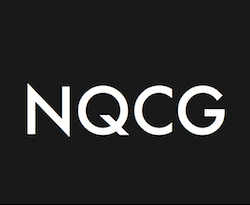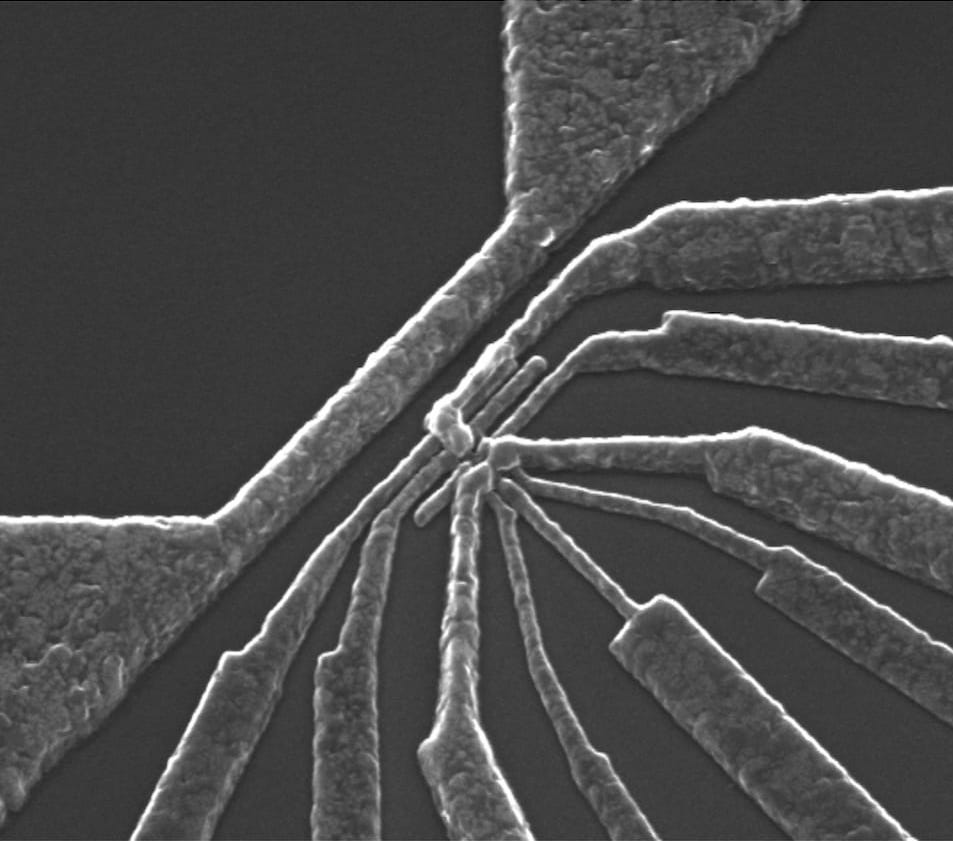Nanotechnology
What is Nanotechnology?
- Nanotechnology involves creating or using materials or processes at the nano-scale, approximately one to one hundred nanometers in at least one dimension.
- Nanotechnology is a technology interacting with the matter at the nanoscale level.
- A nanometer is a millionth of a millimeter.
- Unique phenomena enable novel applications on this length scale.
- Encompassing nano-scale science, engineering, and technology, nanotechnology involves imaging, measuring, modeling, and manipulating matter at this length scale.
What is really Nanotechnology?
- There is a debate to define which activity may be considered a “Nanotechnology” activity or not.
- The ideal situation is to have molecular manufacturing with self-assembling robots capabilities and to mimic nature.
- Some are considering the “bottom up” technology process of molecular manufacturing as the only “TRUE” nanotechnology.
- There are no “TRUE” nanotechnology activities yet according to the above definition.
What is so special about the Nano-scale?
- Nano-scale materials have far larger surface areas than similar volumes of larger scale materials, meaning that more surface is available for interactions with other materials around them.
- Unusual physical, chemical, and biological properties can emerge in materials at the nanoscale.
- These properties may differ in important ways from the properties of bulk materials and single atoms or molecules.
- Some are better at conducting electricity or heat, some are stronger, some have different magnetic properties, and some reflect light better or change colors as their size is changed.
Specific characteristics of Nano-scale technologies vs. Macro-scale technologies
| Macro-scale technologies | Nano-scale technologies |
|---|---|
| Classical Continuums Physics | Quantum Physics |
| Solid State Properties | Binding Properties |
| Bulk Properties Dominating | Surface Properties Dominating |
| Conventional Materials/Mixtures | New Compounds and Mixtures |
| Classical Top-Down-Approach | Combination with Self-organization |
| Statistical Ensembles | Individual Particles |
| Sufficient High Energy Ranges | Energy Range Thermal Fluctuations |
| Moderate Field Strength | Extremely High Field Strength |
Status and Potentials
Nanoscience and nanotechnology is still in many ways in its infancy, but is widely seen as having huge potentials for the health and well-being of mankind.
Nanotechnology has two avenues
- Incremental nanotechnology by improving the properties of many materials by controlling their nano-scale structure.
- Evolutionary nanotechnology moving beyond simple materials that have been redesigned at the nano-scale to actual nano-scale devices that do something dramatically new.
Objective of Nanotechnology
- Replace essentially the entire existing manufacturing base with a new, radically less expensive, radically more precise, and radically more flexible way of making products.
- Obtain properties not possible to obtain by conventional materials.

 Image Courtesy A. Dzurak, University of New South Wales
Image Courtesy A. Dzurak, University of New South Wales